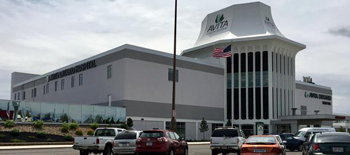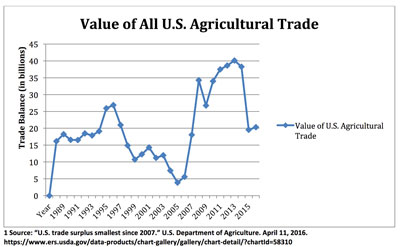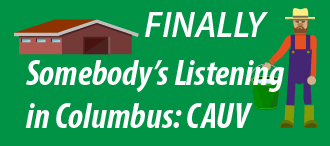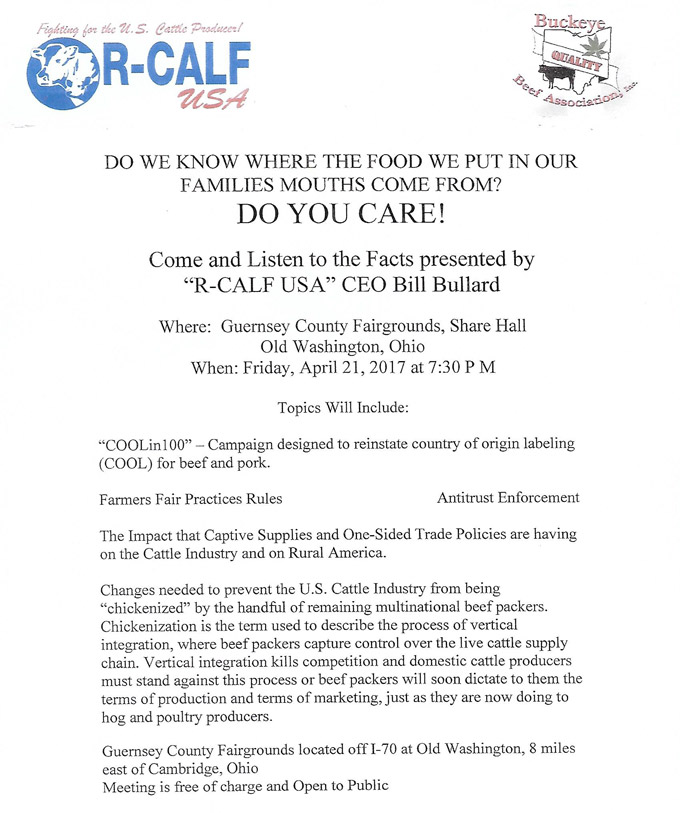After several years of tax increases, legislators on verge of providing some relief
COLUMBUS – As state budget negotiators enter the final days of House-Senate budget negotiations, the Ohio Farmers Union reminds legislators that CAUV reforms contained in both versions of the budget are desperately needed – and overdue.
“We’ve been fighting for some meaningful changes in the CAUV formula since around 2012,” said OFU President Joe Logan.
“It’s been a long haul, and along the way farmland property taxes have increased 300 percent or more for family farmers in every corner of Ohio, Logan said.
Logan points out that while farmland property taxes have skyrocketed, other small businesses in Ohio have seen large tax breaks.
“Family farms, which have struggled to generate income in an era of low commodity prices, are perhaps the only small business category that have been taxed more while others’ taxes have decreased over the past three state budgets.”
CAUV, or Current Agricultural Use Valuation, is the way farmland property tax values are determined.
 President Donald J. Trump announced earlier this year his intention to weaken and eliminate funding for rural development at USDA as part of a larger ‘re-organization.’
President Donald J. Trump announced earlier this year his intention to weaken and eliminate funding for rural development at USDA as part of a larger ‘re-organization.’


 For the past several years farmers in Ohio have seen skyrocketing farmland property tax increases – that could be coming to an end with Ohio’s next state budget.
For the past several years farmers in Ohio have seen skyrocketing farmland property tax increases – that could be coming to an end with Ohio’s next state budget.
 SW Ohio? On April 22 at 10 a.m. think about attending the March for Science: Cincinnati.
SW Ohio? On April 22 at 10 a.m. think about attending the March for Science: Cincinnati.
